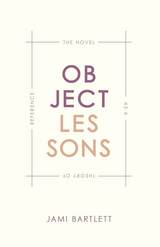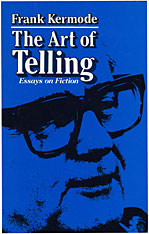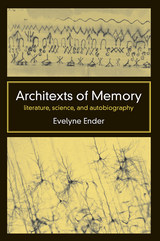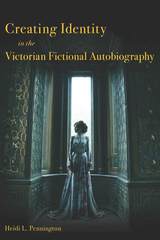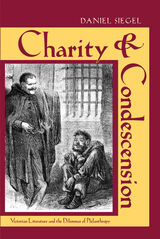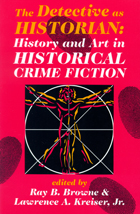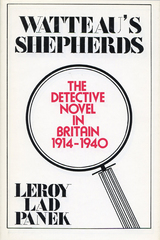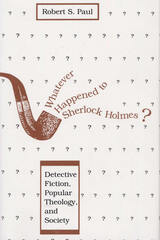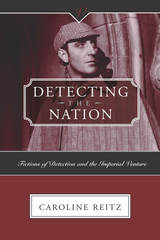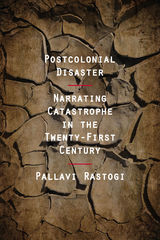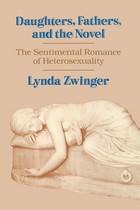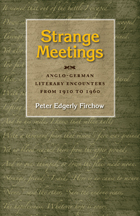Death Sentences: Styles of Dying in British Fiction
Harvard University Press, 1984
Cloth: 978-0-674-19428-1
Library of Congress Classification PR830.D37S73 1984
Dewey Decimal Classification 823.009354
Cloth: 978-0-674-19428-1
Library of Congress Classification PR830.D37S73 1984
Dewey Decimal Classification 823.009354
ABOUT THIS BOOK | REVIEWS
ABOUT THIS BOOK
Whether as a theme, scene, or sentence, the representation of death provides a unique critical leverage on the workings of the post-Romantic novel, as Garett Stewart demonstrates in this study of over forty major texts. Through close stylistic analysis Stewart examines death as a pivotal moment for language on the edge of silence, for narrative on the brink of closure. Chapters ranging from Dickens and other Victorian novelists through Joseph Conrad and E. M. Forster to D. H. Lawrence and Virginia Woolf offer revisionist readings of exemplary texts. The study concludes with discussion of the postmodernist treatment of death in the novels of Beckett and Nabokov. In the course of these discerning readings, informed by theoretical work from Freud to Walter Benjamin, Marurice Blanchot, and Roland Barthes, Stewart demonstrates that the Victorian death scene is less sentimental and formulaic than has usually been assumed; he thus argues for a fertile continuity from the nineteenth-century novel to its twentieth-century experimental progeny.
See other books on: Death & Dying | Death in literature | Dying | English fiction | Stewart, Garrett
See other titles from Harvard University Press

